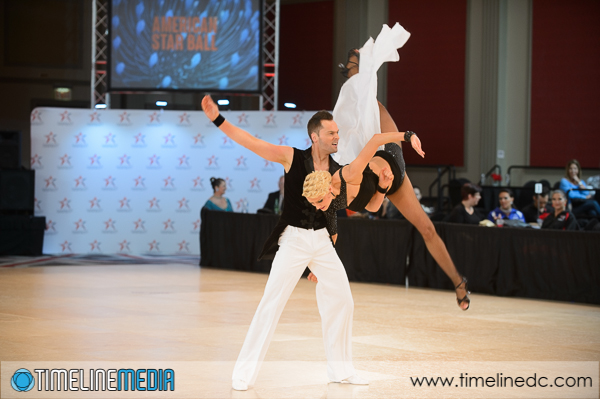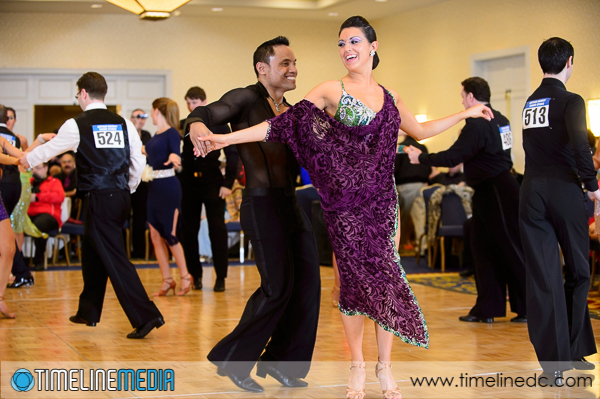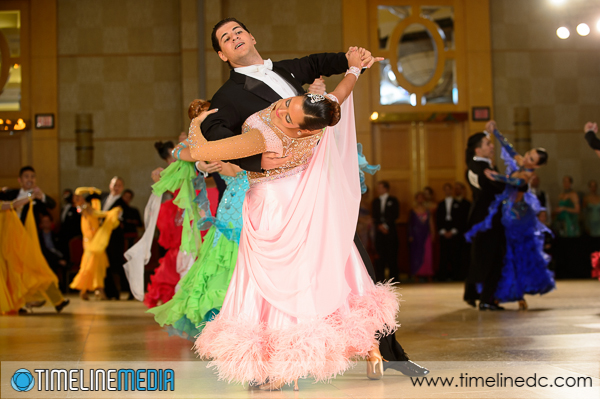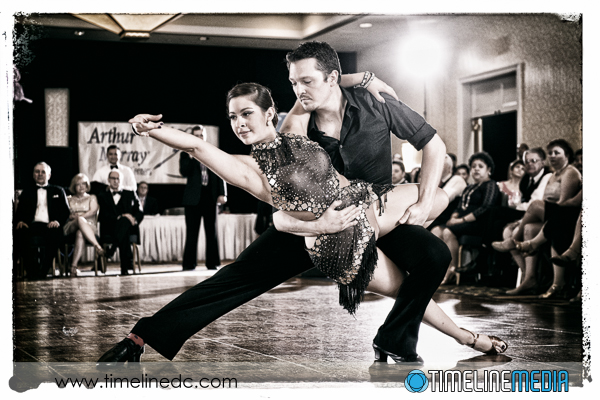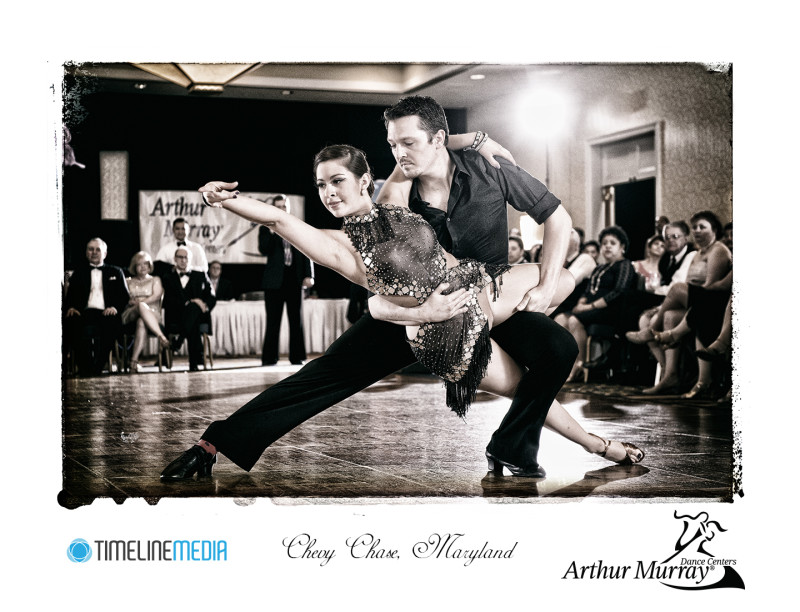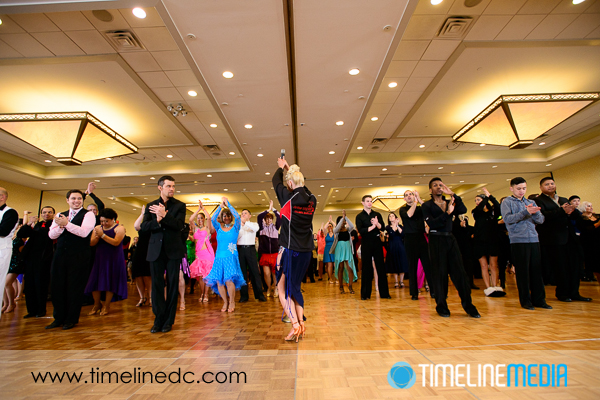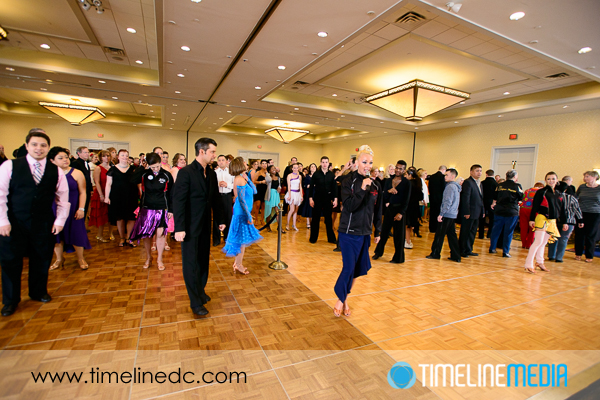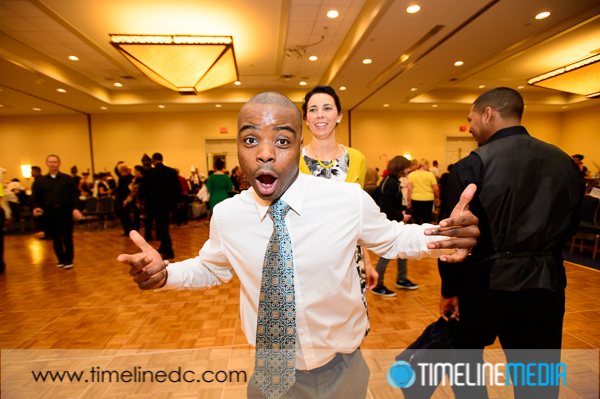Technique
It has been a very busy ballroom dance photography time! We have had a lot of amazing events to cover in the last month. I am finally completely through all of them and have them available to view online. We do have a little break here until we have another dance event. With this in mind I am taking a step back to review the images. With a few new photographers helping us at events, I have been asked about how I take photos. This is probably the most I have reflected on this process in a while. Usually I am just worried about getting to the location, and getting setup. Finally I make sure we have everything to do the job successfully without losing any images.
My best piece of advice for photographing ballroom dance or any sporting event, is to follow your subjects with your eye in the viewfinder. Some of the dancers are moving so fast that you would not be able to catch that moment in a frame. By the time you see the moment, then put your eye to the camera, the dancers may already be passed you, or their position may have changed where now the angle is not quite right. If you always have your eye in the camera, and follow the action, you will have a much better chance of catching that perfect frame of very fast action.
Dance Photography
This lesson is applicable on both a crowded dance floor or on a showcase of only one couple on the floor at once. If you try to photograph at Professional Standard competition, there are only a few moments where you can catch both dancer’s faces in the light. Their constant closed hold makes it easy to get either one of the dancers, but getting both can be tough unless you are tracking their movements. If there is only one couple on the floor, the job is easier as the distractions are much less. But all the same, you cannot just watch them with your eye out of the viewfinder, then see them start a line, and expect to get it framed up and captured well. This is the challenge, and the fun of photographing dancers on the floor! I am sure as I go through more of these photos, I will come up with more tips. I hope you enjoy all the photos currently on the website, and I will be back to making more soon!
TimeLine Media – www.timelinedc.com
703-864-8208

